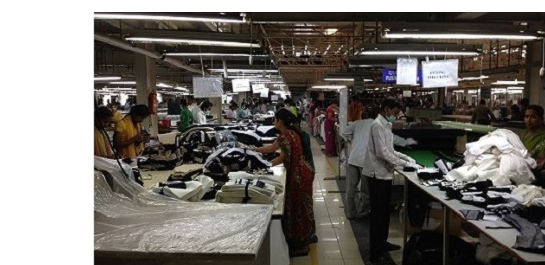Temperature and humidity impacts on worker productivity inform not only firms’ cost-benefit decisions with regard to investment in measures that mitigate these impacts, but also provide an indication of the economic impacts of global warming. However, until recently, limited data availability has made it difficult to produce micro-estimates of temperature and humidity impacts on worker productivity.
This project contributes to filling this gap in the literature by quantifying the impact of temperature, humidity, and pollution on worker productivity, using hourly individual-level production data from garment factories in India. Further, the researcher will estimate the co-benefits of environmentally friendly technologies on worker productivity and firm economic returns. She will then use these estimates to study whether accounting for these private returns implies that the adoption of these technologies is more economically viable than previously estimated.
The first paper produced by this study (co-authored by Anant Nyshadham and Achyuta Adhvaryu) shows that a one degree Celsius increase in temperature reduces efficiency by 0.2 percentage points, which results in losses of several thousand dollars per factory per year. The introduction of LED lighting, which emits less heat than standard lighting, attenuates the negative effect of temperature on productivity by 75 percent. The team’s estimates suggest that productivity returns to LEDs are more than four times larger than the energy savings, significantly shifting firms’ cost-benefit calculations in favour of adoption.





